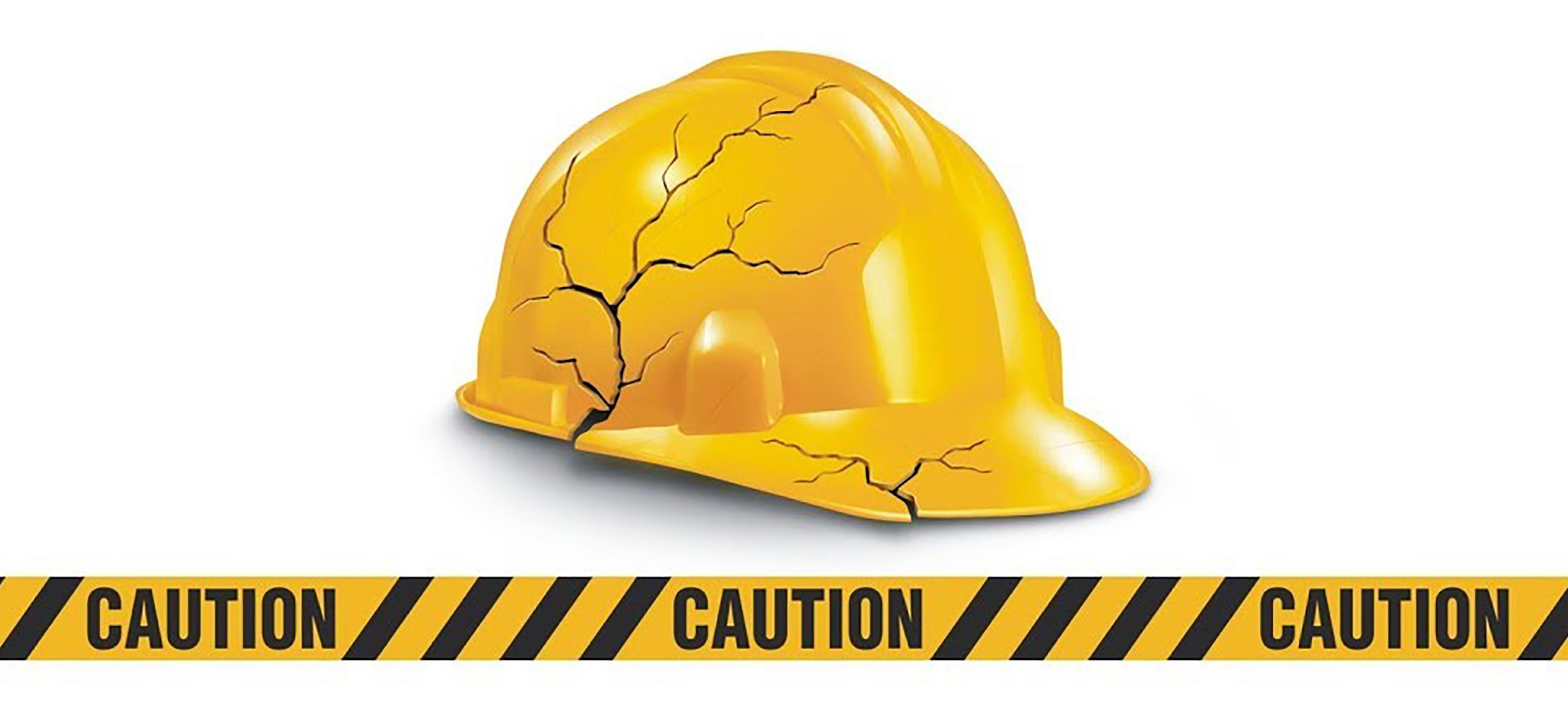According to a report released April 26 by the AFL-CIO, 5,190 American workers died on the job in 2016, an increase from 4,836 deaths the previous year. Another estimated 50,000 to 60,000 died from occupational diseases, meaning approximately 150 workers died on the job each day from preventable, hazardous workplace conditions. Overall, the national job fatality rate increased to 3.6 per 100,000 workers from 3.4 in 2015, the federation reported.
“We deserve to walk out the front door in the morning knowing we’ll return home safe and healthy after a full day’s work,” said AFL-CIO President Richard Trumka. “It’s a travesty that working people continue to lose their lives to corporate greed. The selfish and reckless decisions being made in boardrooms and in Washington are killing the very people who built this country. This is officially a national crisis, and it’s only getting worse.”
The report, titled “Death on the Job: The Toll of Neglect,” marks the 27th year the AFL-CIO has produced its findings on the state of safety and health protections for workers within the United States. The report shows the highest workplace fatality rates are in Wyoming (12.3 per 100,000 workers), Alaska (10.6), Montana (7.9), South Dakota (7.5) and North Dakota (7.0).
Startlingly, workplace violence is now the second-leading cause of death on the job, accounting for 866 workplace deaths.
Other report highlights show that the construction, transportation and agriculture industries remain among the most dangerous. In 2016, some 991 construction workers were killed – the highest total of any sector. Agriculture, forestry, fishing and hunting was the most dangerous industry sector, with a fatality rate of 23.2 per 100,000 workers.
Despite these alarming findings, the Occupational Safety and Health Administration (OSHA) continues to face a desperate dearth of resources. Responsible for regulating 9 million workplaces, the agency’s 764 federal inspectors would need 158 years to visit each site just once.
The annual report features state and national information on workplace fatalities, injuries, illnesses, the number and frequency of workplace inspections, penalties, funding, staffing and public employee coverage under the Occupational Safety and Health Act. It also includes information on the state of mine safety and health.
The Occupational Safety and Health Act was signed into law in 1970, signaling a promise to American workers for safe jobs. The federation estimates that more than 579,000 workers “now can say their lives have been saved since the passage of the act. “Since that time, workplace safety and health conditions have improved,” the AFLCIO said when announcing the latest report. “But too many workers remain at serious risk of injury, illness or death as chemical plant explosions, major fires, construction collapses and other preventable workplace tragedies continue to occur. Workplace violence is a growing threat. Many other workplace hazards kill and disable thousands of workers each year.”
Moreover, the federation asserted that chronic occupational diseases “receive less attention because most are not detected for years after workers are exposed to toxic chemicals, and occupational illnesses often are misdiagnosed and poorly tracked.”
In 2016, nearly 3.7 million workers across all industries, including state and local government, had work-related injuries and illnesses that were reported by employers, with 2.9 million injuries and illnesses reported in private industry. Due to limitations in the current injury reporting system and widespread underreporting of workplace injuries, this number understates the problem, the AFL-CIO reported. “The true toll is estimated to be two to three times greater – or 7.4 million to 11.1 million injuries and illnesses a year,” the federation said. “The cost of these injuries and illnesses is enormous – estimated at $250 billion to $360 billion a year.”
The report also noted that President Trump ran on a pro-business, deregulatory agenda, promising to cut regulations by 70 percent. Since taking office at the end of January 2017, he has acted on that promise, issuing a number of executive orders to roll back or review existing regulations, including one order that requires that for any new regulatory item issued, an agency must remove two from the books. He signed more than a dozen bills overturning regulations issued by the Obama administration.
In part, the report concluded, “These are challenging times for working people and their unions, and the future prospects for safety and health protections are uncertain. What is clear, however, is that the toll of workplace injury, disease and death remains too high. Workers in the United States need more safety and health protection, not less. More than four decades after the passage of the Occupational Safety and Health Act, there is much more work to be done.”

